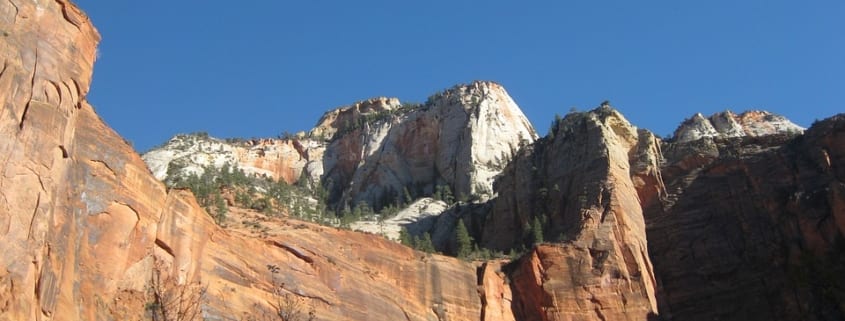Grand Canyon Plane Crash 60 Years Ago Prompted Modern Air Safety
At 10:31 in the morning on Saturday, June 30, 1956, two passenger planes flying out of Los Angeles International Airport crashed over the Grand Canyon in Arizona, resulting in the deaths of all 128 people aboard the propeller-driven aircraft. It was the worst commercial airline disaster in U.S. history up to that point. The crash—attributed to a combination of turbulent weather, lack of communication, and inadequate visual flight rules—led to reforms in air safety procedures that we continue to benefit from 60 years later.
Series of Tragic Events
One of the planes was a Trans World Airlines (TWA) Lockheed Super Constellation. It took off, bound for Kansas City, at 9:01 am. The other plane was a United Air Lines Douglas DC-7, which took off for Chicago at 9:04 am. The TWA flight, piloted by Captain Jack Gandy, followed a path over the San Bernardino Mountains at an elevation of 19,000 feet. The United flight, piloted by Captain Robert Shirley, followed a path over Palm Springs at an elevation of 21,000 feet.
Approximately 15 minutes into his flight, Gandy reported turbulence and received approval from air traffic controllers to increase his elevation to 1,000 feet or more above the turbulent cloud layer. During this maneuver to a higher altitude, Gandy was mostly dependent on visual navigation—what he could see with his own eyes—without the benefit of instrument readings about nearby planes. In those days, pilots and air traffic controllers did not have the continual, advanced flight radar and satellite surveillance readings that they enjoy today. Unfortunately, the cloudy conditions likely made clear vision extremely difficult for Gandy.
As Gandy was flying his TWA plane higher, the air traffic controllers failed to notify Shirley and his United flight about the move. This lack of communication was a major mistake, because the altitude change of the TWA plane would put it in the same location as the United plane at the same time. Air traffic controllers received an undecipherable message from the United flight at about 10:30 am. The two planes collided one minute later.
“Crash Canyon”
Accident investigators later determined that the collision probably occurred over the confluence of the Colorado and Little Colorado rivers, with the TWA plane crashing into the northeast part of Temple Butte and the United plane coming down on the south side of Chuar Butte. Two brothers—Palen and Henry Hudgin—discovered the fiery wreckages of both planes scattered over a rugged hillside approximately 1,000 feet above the Colorado River. The crash site, now commonly referred to as “Crash Canyon,” has become a popular attraction for hikers, who may still encounter pieces of metal from the planes.
Air Safety Reforms
The 1956 Grand Canyon airline disaster shed light on the fact that little had been done to reduce the risk of midair collisions since the end of World War II in 1945—despite the more than doubling of U.S. air traffic since that time. In response to the Grand Canyon crash, as well as numerous other airline accidents, the federal government established the Federal Aviation Administration (FAA) in 1958 to regulate airline safety issues and to investigate plane crashes. President Dwight D. Eisenhower signed the FAA act into law in July 1958. The FAA has worked with the airline industry to enact a wide variety of safety precautions, ranging from more active roles for air traffic controllers in managing plane routes to automated collision avoidance systems as standard equipment on aircraft.

 https://pixabay.com/en/grand-canyon-south-rim-landscape-641643/
https://pixabay.com/en/grand-canyon-south-rim-landscape-641643/
 https://pixabay.com/en/grand-canyon-winter-canyon-snow-2112926/
https://pixabay.com/en/grand-canyon-winter-canyon-snow-2112926/